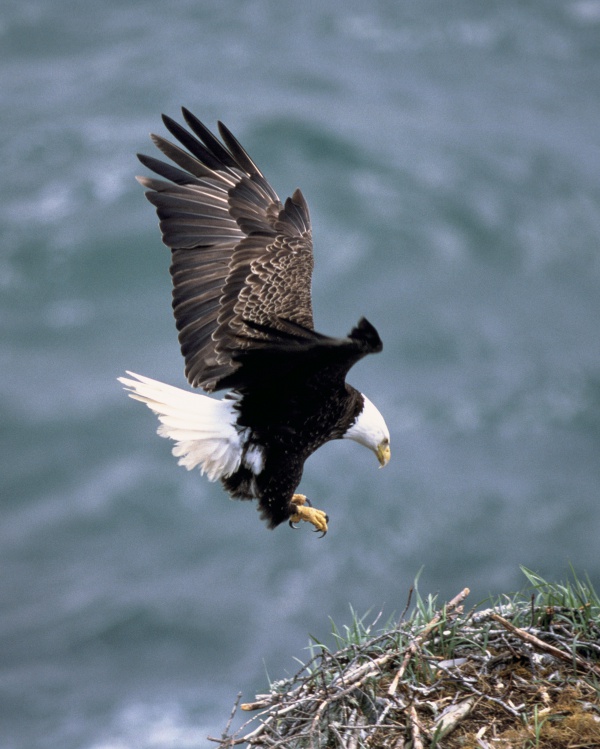Facts About Sea eagle
Sea eagles, belonging to the genus Haliaeetus within the Accipitridae family, are captivating birds of prey renowned for their impressive size. These majestic creatures range from the smaller Sanford's sea eagle, weighing approximately 2.0–2.7 kg, to the colossal Steller's sea eagle, which can weigh up to 9 kg. The white-tailed eagle, reaching up to 6.9 kg, is the largest eagle in Europe, while the bald eagle, weighing up to 6.3 kg, holds the title of the largest eagle in North America.
Typically, sea eagles have brown plumage, with some species displaying striking white markings. Their diet mainly comprises fish, aquatic birds, and small mammals. They are also noted for building large nests high in trees or on rugged cliffs.
The genus Haliaeetus was first introduced in 1809 by French naturalist Marie Jules César Savigny. Today, there are ten extant species within this genus, many of which possess distinctive features such as white tails in their adult years. Interestingly, sea eagles are considered one of the oldest bird genera still extant, with fossil records dating back to the early Oligocene period. Genetically, they are closer to kites and hawks than to what we typically think of as true eagles. It is believed that sea eagles and their relatives originated in the Bay of Bengal region.
Recent molecular studies have revealed that the genus Haliaeetus is paraphyletic, including the species Ichthyophaga, which diverged into temperate and tropical groups. Some sea eagle species have become internet stars, thanks to live-streaming webcams where viewers can observe nesting pairs of bald eagles and white-bellied sea eagles in real-time.
